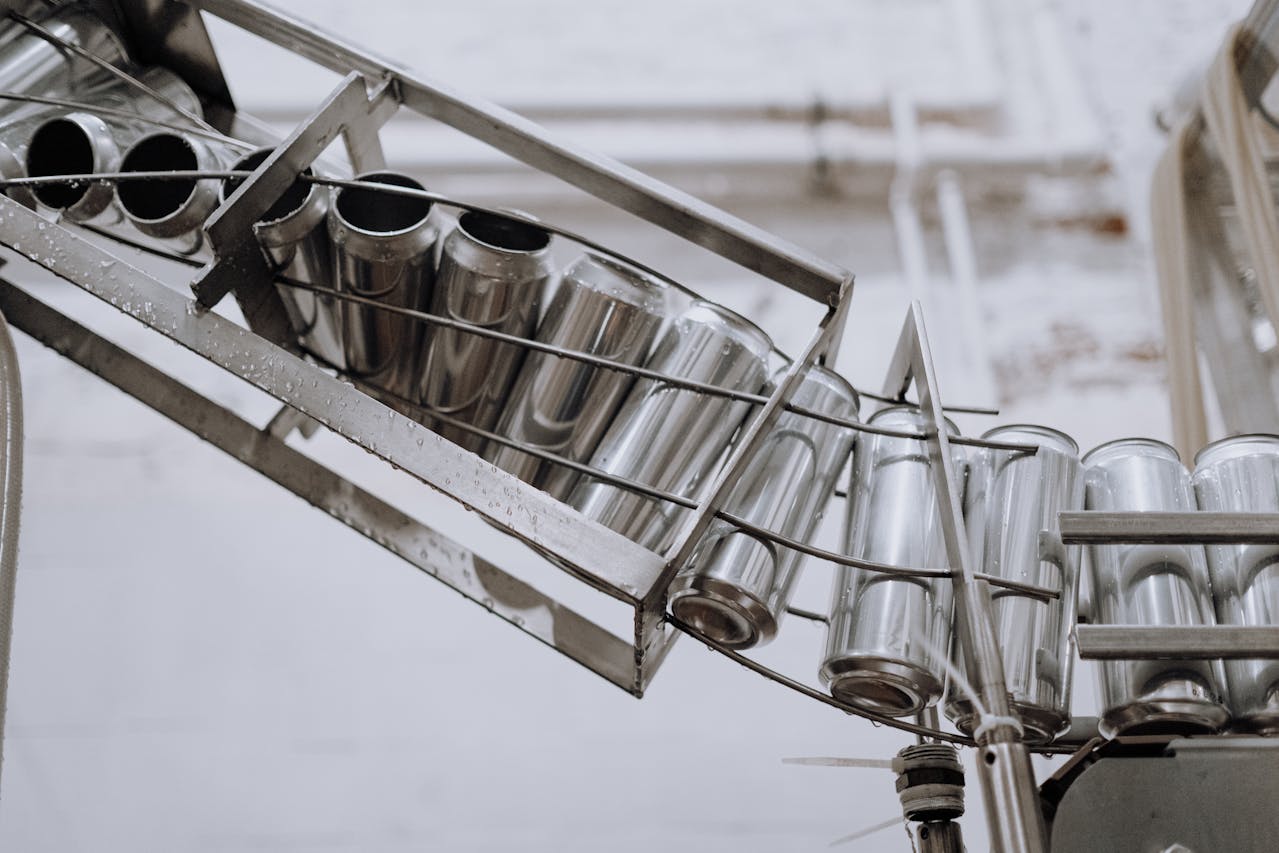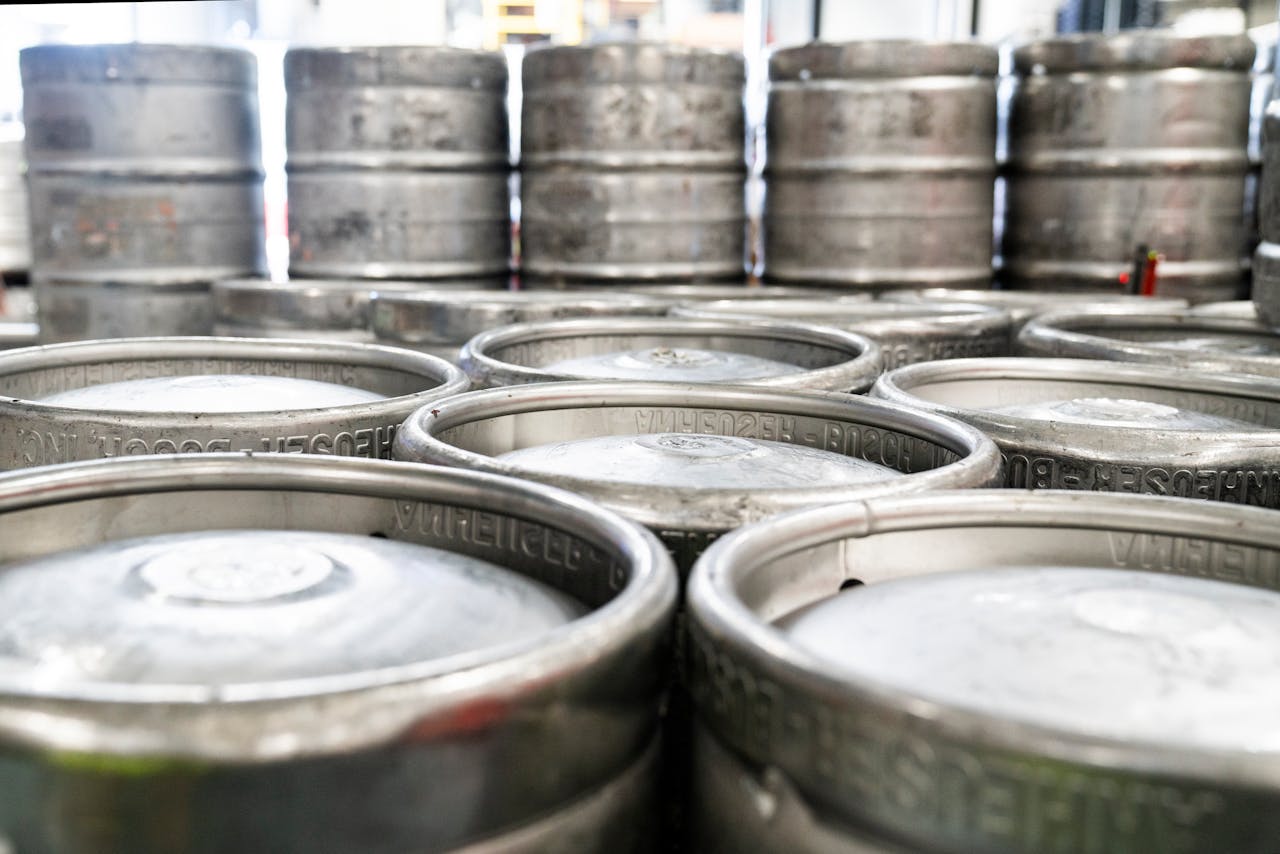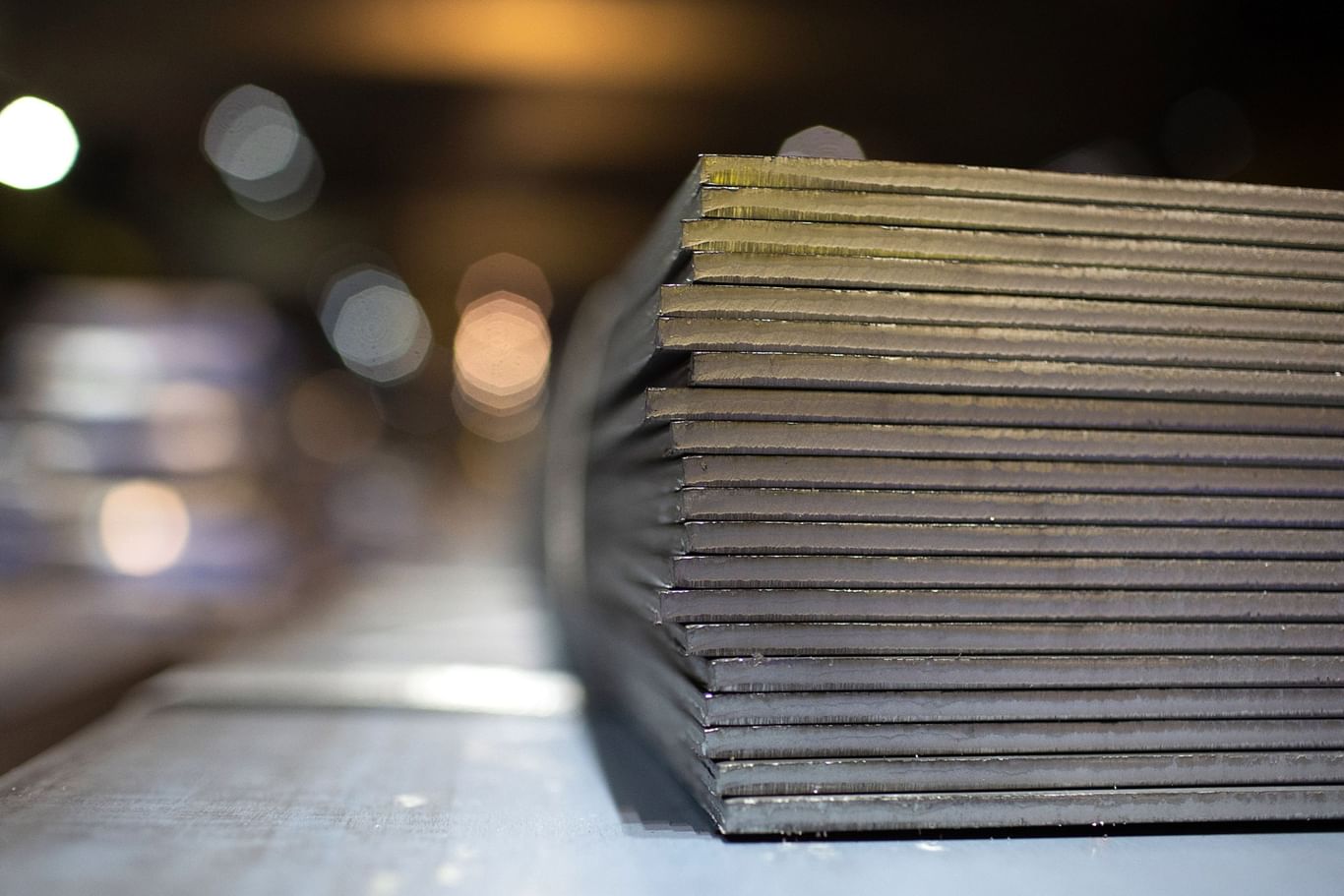Hot Rolled Stainless Steel: What It Is and How it is Used
August 5, 2025
Stainless steel remains a cornerstone of modern industry that offers strength, corrosion-resistance, and engineering flexibility. Among its various processing methods, hot rolling stands out for creating large-scale structural components that form the backbone of infrastructure, energy, and transportation projects.
Understanding the Hot Rolling Processes
Hot rolling involves heating stainless steel above its recrystallisation temperature, typically over 900 °C, and passing it through heavy rollers to shape it into sheets, coils, or plates. This process refines the stainless steel’s grain structure, boosting formability, toughness, and resistance to rough conditions.
As a result, hot rolled stainless steel achieves thicknesses and sizes ideal for large applications while effectively reducing grain size relative to cast products.
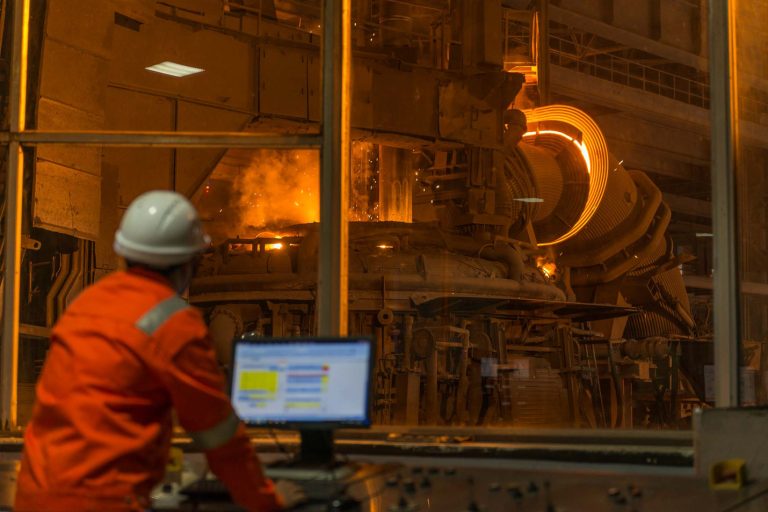
What is Hot Rolled Stainless Steel
Holl rolled stainless steel is a product formed through the high-temperature rolling process. It is typically produced in larger dimensions and thicker gauges compared to cold-rolled products, making it ideal for structural and industrial applications.
The hot rolled coils are manufactured in:
- Widths up to 1650mm
- Thicknesses ranging from 1.4mm to 12.0mm, depending on the product and facility.
These products are often categorised into:
- HR (Hot Rolled -Black finish): As rolled material with a scale-covered surface.
- HRAP (Hot Rolled Annealed & Pickled): Improved surface finish for critical applications.
The choice between HR and HRAP depends on the end-use requirements for surface cleanliness, weldability, and corrosion resistance.
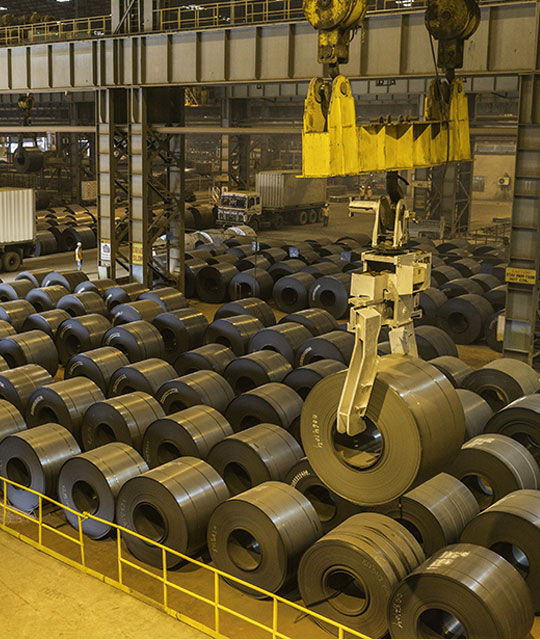
Applications of Hot Rolled Stainless Steel
- Sea Water Desalination Plants & Pumps
Hot rolled stainless steel is a preferred choice for desalination systems and pumps, due to its exceptional resistance to saltwater corrosion. Its ability to withstand continuous exposure to harsh marine environments ensures long service life with minimal maintenance.
- Petrochemical Industry
In petrochemical plants, equipment is often exposed to aggressive and corrosive chemicals. Hot rolled stainless steel provides the necessary mechanical strength and durability, making it suitable for reactors, vessels, and storage tanks.
- Oil & Gas Industry
Pipelines, offshore platforms, and drilling equipment face extreme pressure and corrosive conditions. This material handles both with ease, offering long-lasting performance and structural integrity even in the most demanding oil and gas operations.
- Fertilizer Plants
Fertilizer production involves high-temperature processes and corrosive compounds, especially acids. Hot rolled stainless steel performs well under such conditions, ensuring safe and efficient handling of materials without rapid wear or failure.
- Power Industry
In power plants, especially thermal and nuclear, components like boilers, turbines, and heat exchangers must endure high heat and stress. The stainless steel’s thermal stability and strength make it ideal for these critical systems.
- Mining & Extraction Systems
Mining environments are both abrasive and chemically harsh. Hot-rolled stainless steel is used in ore handling, conveying, and processing systems due to its ability to resist wear and corrosion, thereby helping to reduce downtime and replacement costs.
- Sewage Treatment
In wastewater management, materials are constantly exposed to moisture, chemicals, and biological pollutants. Stainless steel’s corrosion resistance ensures long-term reliability in tanks, pipes, and treatment components, even under continuous use.
Why Hot Rolled Stainless Steel Matters
The importance of hot-rolled stainless steel is in its ability to combine high-volume productivity with engineering-grade performance. Here’s what sets it apart:
- Efficiency in Manufacturing: Larger volumes can be produced faster, making it ideal for base materials in high-demand industries.
- Strength Under Pressure: Refined grain structure results in higher toughness and fatigue resistance, especially in thick sections.
- Cost-Efficient and Scalable: Suitable for everything from industrial-grade components to raw materials for downstream fabrication.
Why Stainless Steel is the Perfect Choice
In today’s material science and engineering world, material selection is essential for the success of any project. Stainless steel stands out as an excellent choice for a wide range of applications and sectors, due to the unparalleled benefits of using stainless steel. This material not only meets the rigorous demands of modern infrastructure but also addresses environmental considerations and economic concerns with remarkable efficiency. Stainless steel pros, including aesthetic variety and ability to withstand severe temperatures without losing strength, make it an important material for building strong, long-lasting, and efficient structures.
Built for Strength, Chosen for Future
The advantages of hot-rolled stainless steel are both compelling and multidimensional, making it an essential material for a wide spectrum of heavy-duty and industrial applications. Its outstanding toughness, structural reliability, formability, and cost efficiency elevate it from a simple raw material to a strategic enabler of large-scale infrastructure and engineering projects.
By incorporating hot-rolled stainless steel into your processes, you are investing in a material that represents resilience, strength, and performance. This choice supports the goals of building safer, stronger, and more sustainable infrastructure while ensuring long-term value through durability and reduced maintenance.
By combining metallurgical integrity with scalable utility, hot-rolled stainless steel proves to be more than a functional choice; it becomes the foundation for forward-thinking innovation.
